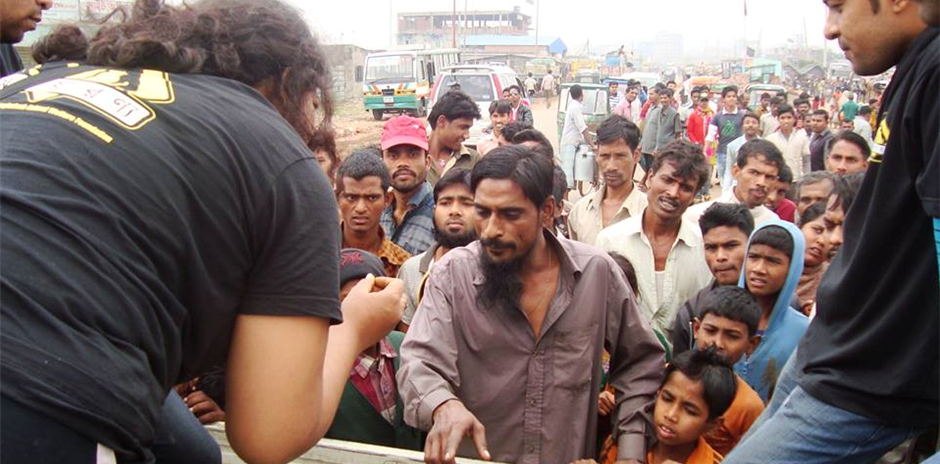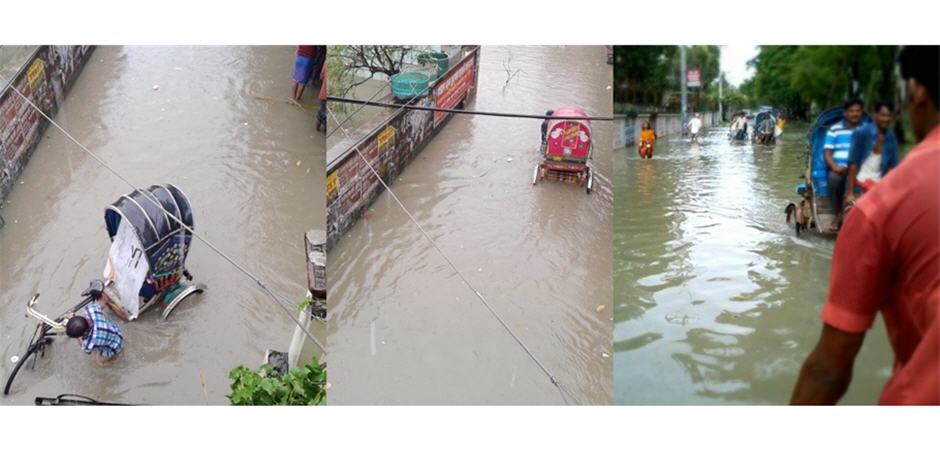The fight against inhumanity and rabies
Dhaka, Bangladesh
Dhaka is a city of life. With an estimated 15 million people inhabiting it, Dhaka is one of the most densely populated cities in the world. Such close confines are birthplaces and spreading grounds for various diseases and can easily fall prey to epidemics, if not carefully monitored and protected.
Rabies is one such disease. It is incurable, and almost always fatal. Rabies is spread by animal bites, with 97 of all cases being caused by dogs. It comes as no surprise, then, that the Dhaka City Corporation (DCC) authorities had for years allowed and carried out dog culling in the city, in hopes of reducing occurrences of rabies.
The process was, at the best of times, inhumane. Dog owners feared for the safety and well-being of their companions, as often the cullers would target tame dogs to make their killing easier. Tails would be chopped off after each successful culling, and presented as evidence so that the cullers could collect their pay.
Not only was this inhumane, but, as an organization called Obhoyaronno-Bangladesh Animal Welfare Foundation, that strove to point out to the authorities, dog culling was also ineffective as a controller of rabies. On the contrary, random culling of dogs was more likely to INCREASE the spread of rabies, as any sudden reduction in dog numbers disrupts the dog population equilibrium. The number of dogs moving between territories increases, which magnifies the risk of rabies transmission and dog bites.
This organization, led by its founder and chairman, Rubaiya Ahmad, eventually managed to convince the DCC that it would be in the interest of the people as a whole to ban dog culling completely. Due to their efforts, Dhaka has been a no-cull city since January 2012. No longer are stray and perfectly healthy pet dogs legal prey for the man looking for easy cash.
Instead, Dhaka adopted the humane dog population management programme recommended by the World Health Organisation (WHO). In this programme, dogs are vaccinated against rabies and sterilised via surgery to curb the population from rising to unsafe levels. This has proven the most effective approach in controlling rabies and reducing dog populations, and is now the standard approach adopted by several national governments across Asia.
Obhoyaronno has been carrying out this programme on behalf of DCC with support from several international organisations including the Food and Agriculture Organisation (FAO) and Humane Society International. This process has also been tried and is being continued across 64 districts, and the results, to date, are promising. Before 2010, approximately 2000 rabies-related deaths were reported in Bangladesh annually. According to figures provided by the government, the number of deaths fell by about 50 between 2010 and 2013.
Obhoyaronno also raises awareness about rabies through public interaction, and runs an animal clinic where anyone can take their pets to be vaccinated, spayed or neutered.
Bangladesh hopes to be rabies free by 2020.





